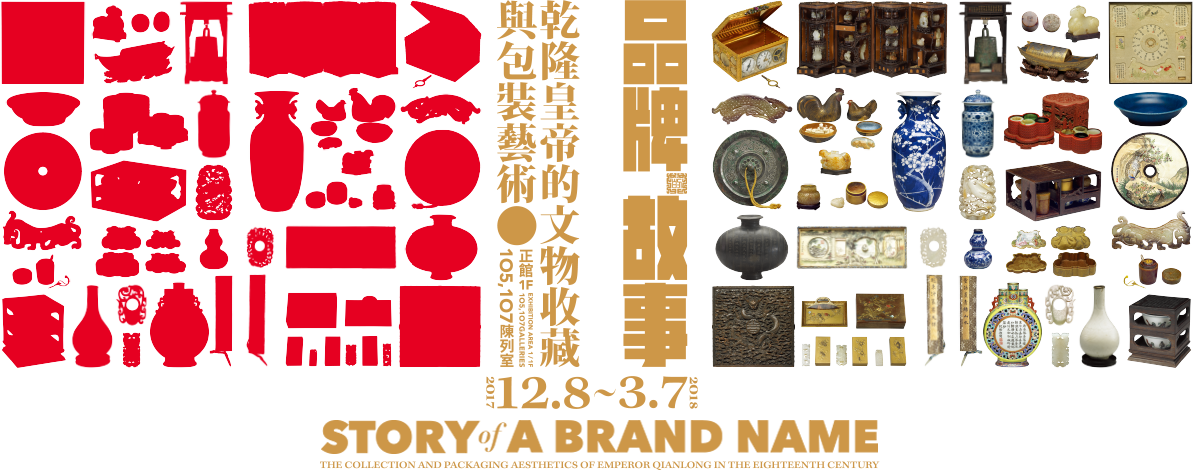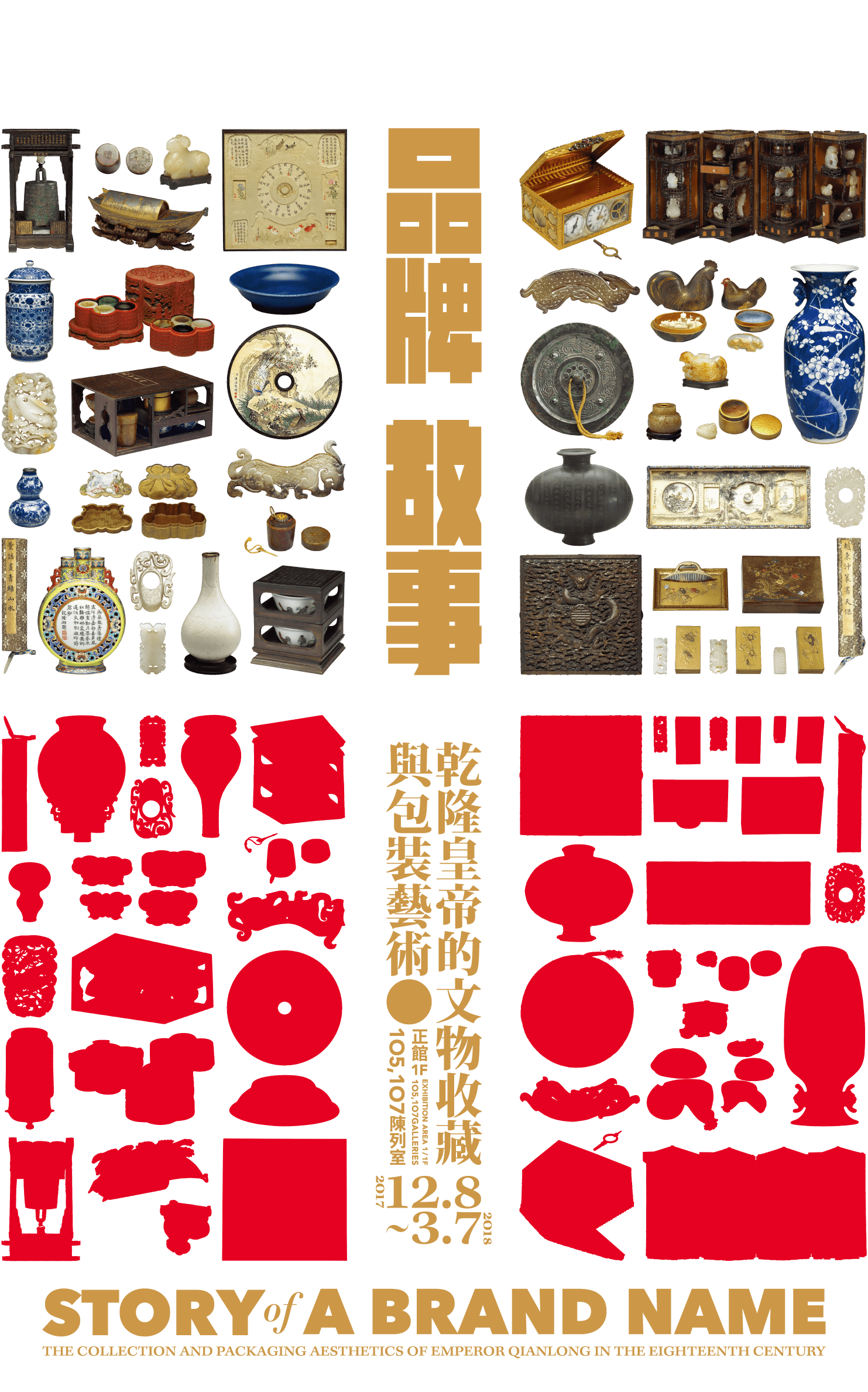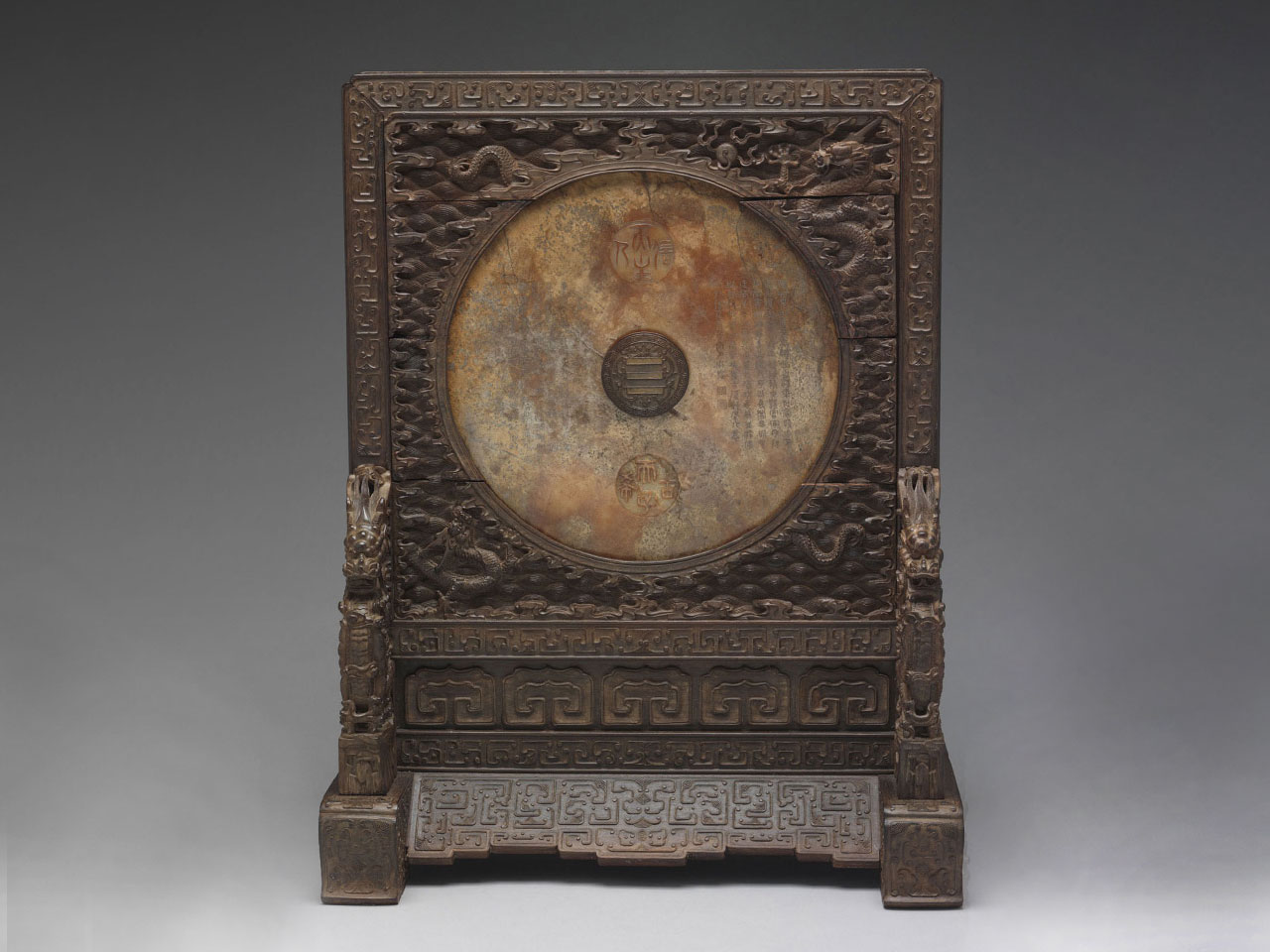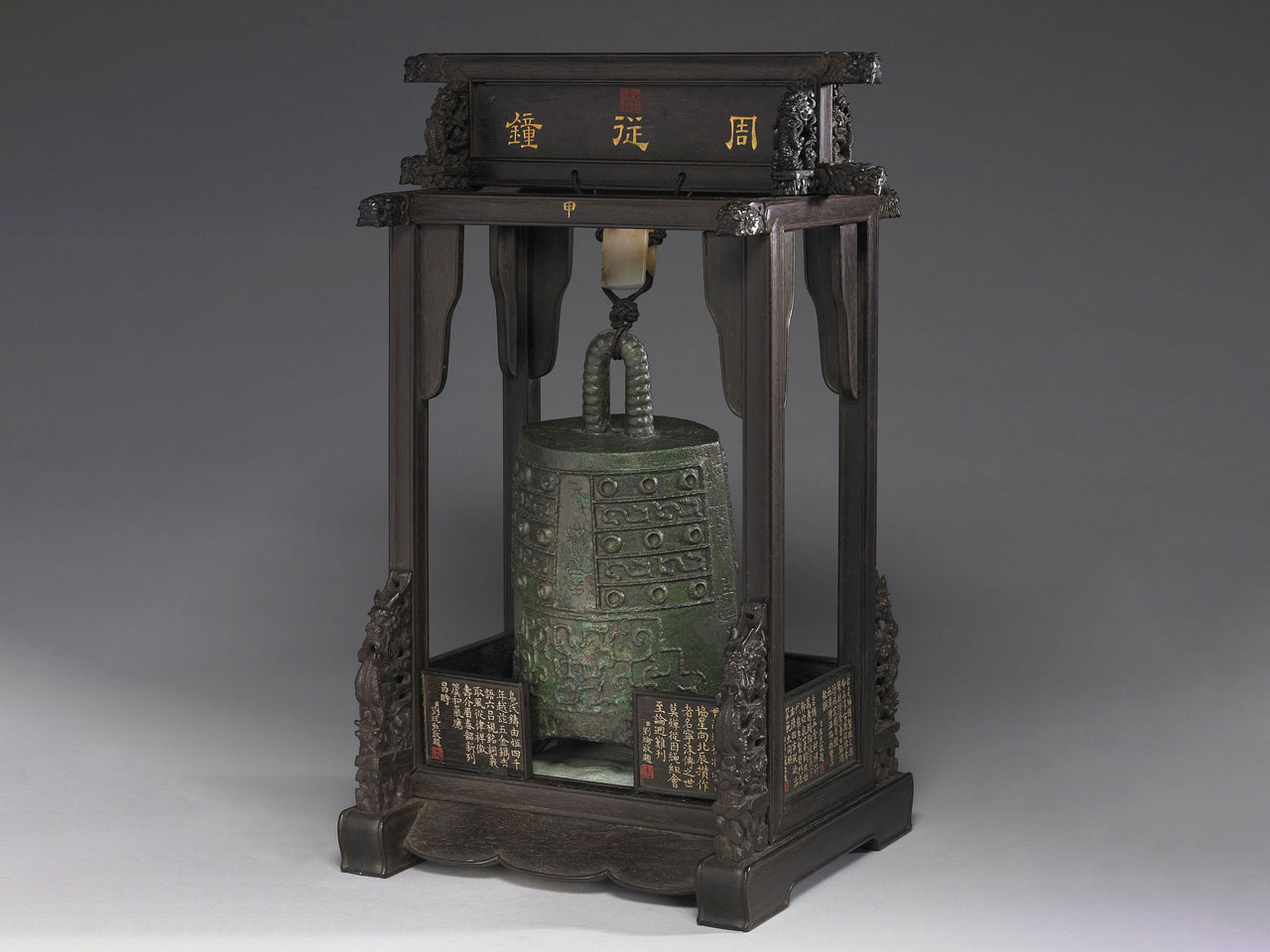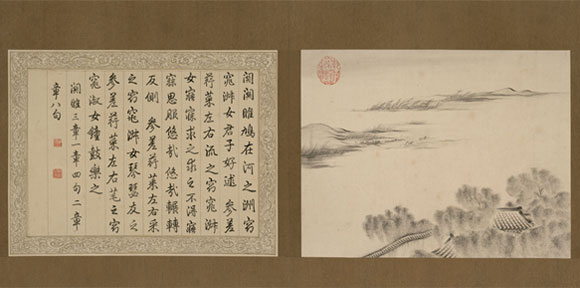The rich and vast collection possessed by the Qianlong emperor enabled the emperor to explore historical documents and records, identify and demonstrate his connoisseurship on antiques, calligraphy works and paintings. Multiple purposes were served simultaneously during the process, which includes clarifying the context of production, including the discoveries into royal etiquette regulations or even simply expressing personal opinions through poems. Marks of the emperor's connoisseurship are imprinted on each artwork through individual interpretations or public propagations. This collection of artwork was once handled by Qianlong revealed the emperor's attention to the "past", and his intention to connect with the ancients, as well as to reconstruct a historical trace that associated the past and the present. By examining the selected exhibits, we can notice that the emperor paid great attention on physical characteristics and the meaning of signatures of each artwork. Not only had he made judgements regarding the work's production periods based on these considerations, but he also supported his arguments with historical records. As mentioned in several imperial prologues authored by the Qianlong emperor, he made comments on the antiques and took history as references to cultivate morality through respecting Confucian values and moral principles, and to guide people towards performing good deeds with rituals.
-
Bi disk, with wood frame stand made in Qianlong reign, Qing dynasty
- Qijia culture, c. 3 millennium B.C.E.
The bi disks were used as ritual wares to praise the sky in the ancient time, and they represented the ultimate authority above the classic scriptures and the civilians. This bi disk with no decorations is enormous in size; it's smooth on the one side and with rock-crackling pattern covers the other side. The Qianlong emperor's particular interests in this piece had him written two imperial poems in praise of the disk. The poems indicated that the Qianlong emperor gave great attentions on the texture, color, style, and especially on inferring the period. The Qianlong emperor argued against the general assumption that this disk was made in the Han dynasty, but inferring it to the time in between the Yu and the Xia dynasty.
-
Zhutaizai bell, with red sandalwood frame made in Qianlong reign, Qing dynasty
- Spring and Autumn period, 770-476 B.C.E.
- 22.2 x 9.8 x 12.2 cm
This bell with a ring hanger from the Spring and Autumn period was the vessel of the country Zhu. The Qianlong emperor granted it with a pavilion-shaped wood stand. In contrast to that the imperial poems and seal stamps were often placed on jade wares and porcelains favoured by the Qianlong emperor, the solid nature of bronze made it hard to do engravings on the surface. As a result, The Qianlong emperor had his opinions carved on the wood stand. The imperial poem was placed on the head plate of the stand and the poems in praise of the bell contributed by the Qianlong emperor and eight ministers on the frames.
Yu Bi Shi Jing Tu
- Imperial Transcription of the Book of Poetry with Paintings
- Compiling authorised by Gaozong, Qing dynasty
- Imperial manuscript of the Qing dynasty, Qianlong reign (1736-1795)
Emperor Qianlong personally transcribed three hundred pieces from the 'Shi Jin' (Book of Poetry), and required paintings drawn in the style of Ma Zhihe from the Southern Song dynasty to compliment the transcriptions. The manuscript was done to encourage cultural cultivation and to deliver Emperor Qianlong's expectation to become a wise lord. The Imperial Transcription of the Book of Poetry with Paintings was presented with red sandalwood case made in the 41st year of Qianlong reign (1776). Each case contains five albums. The attention placed on the package shows how much this manuscript was valued by the emperor.
